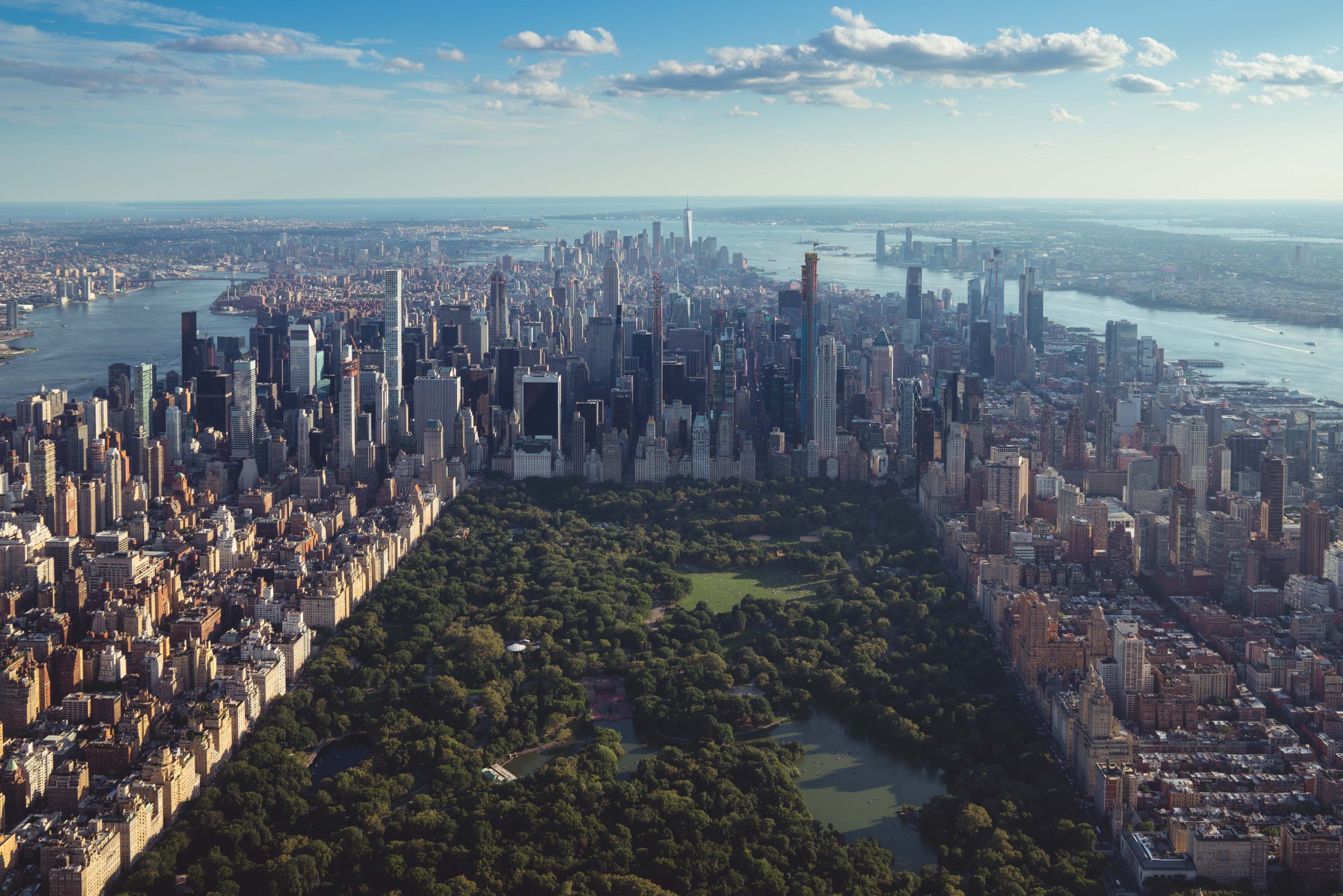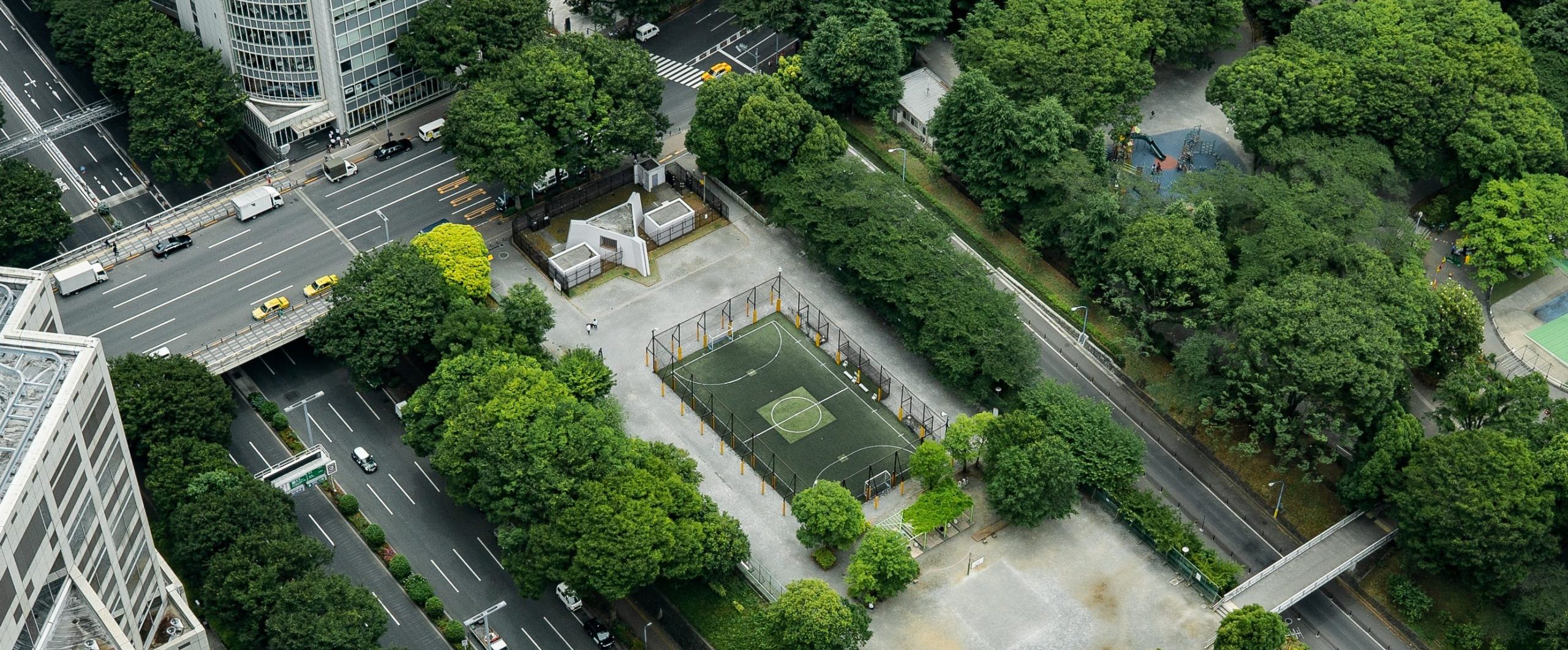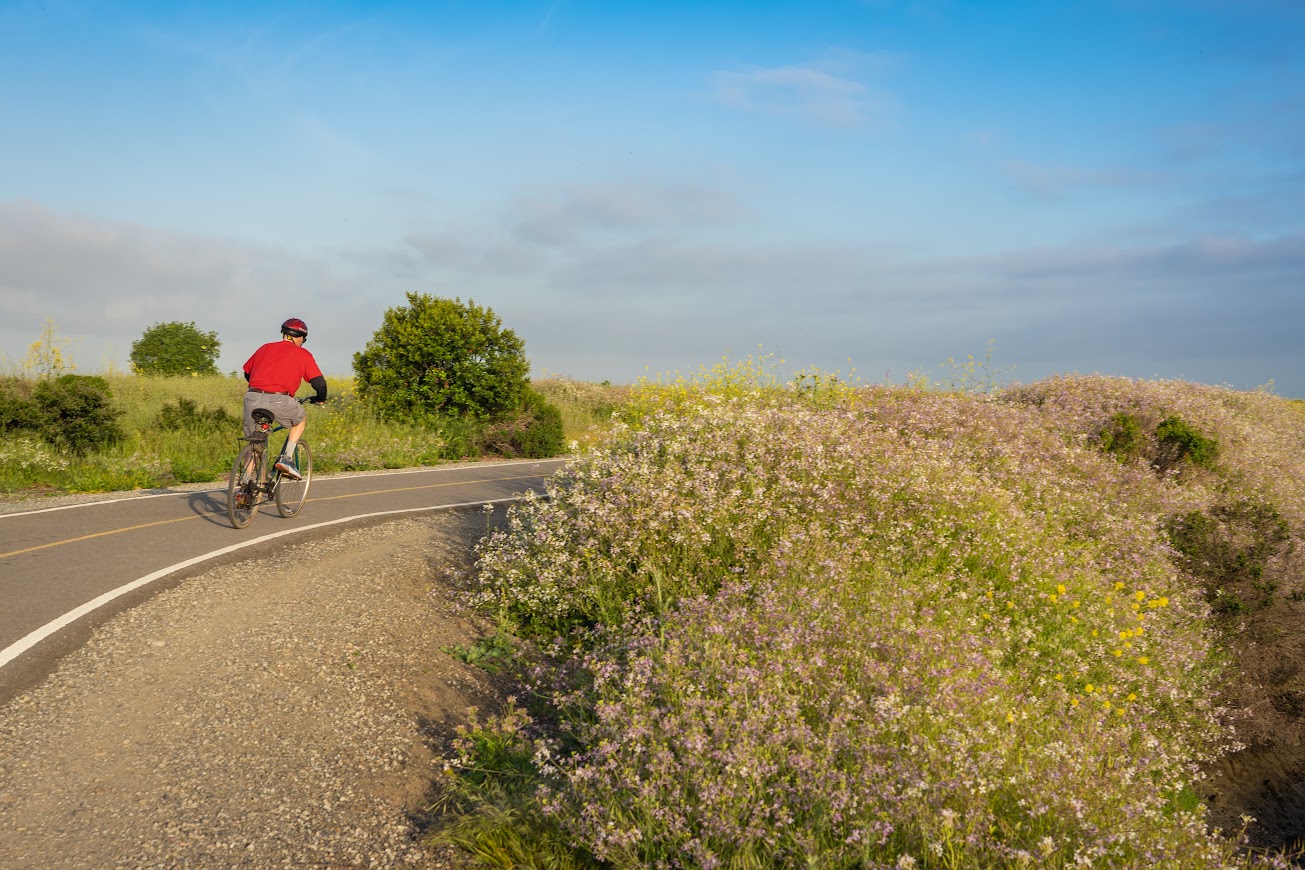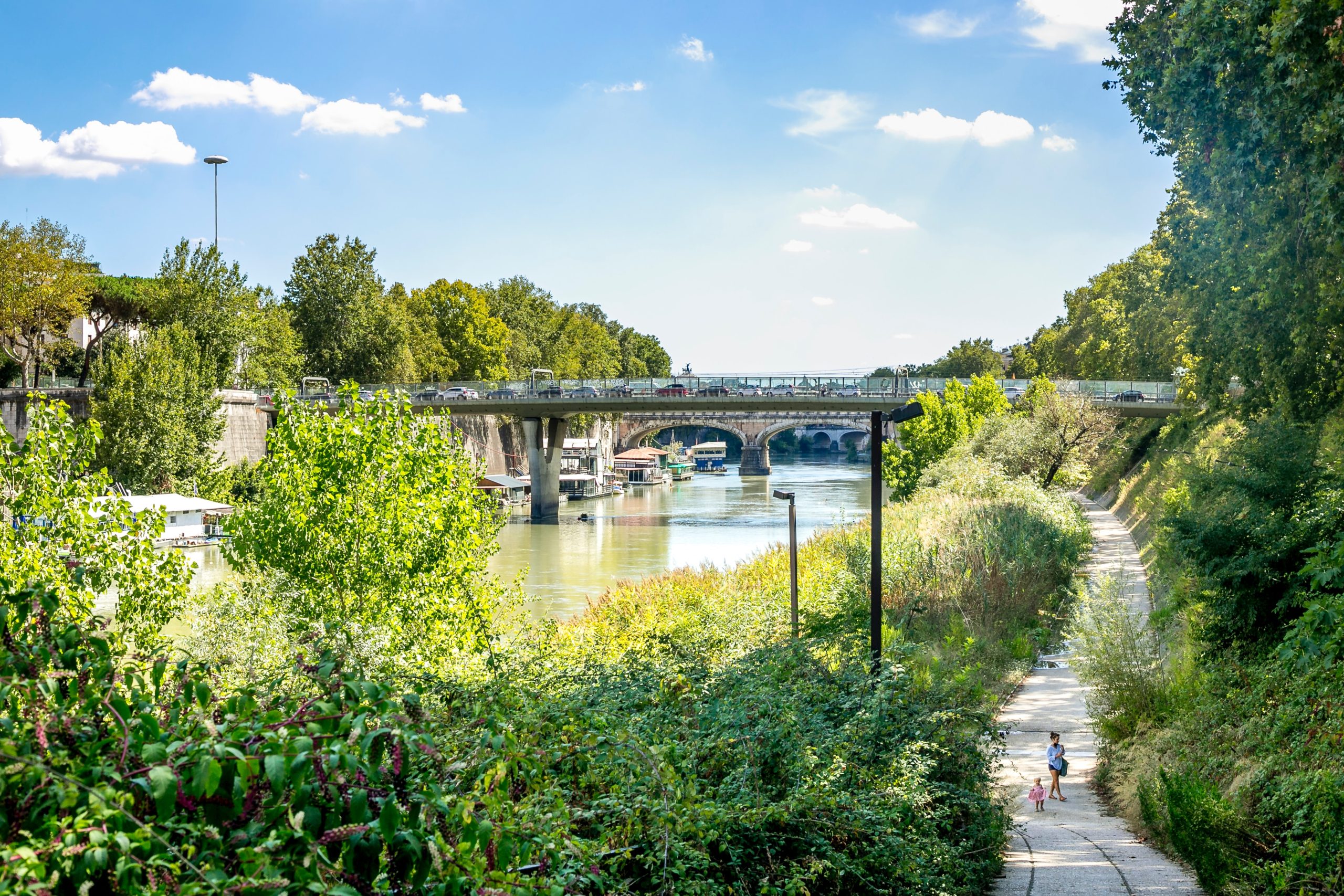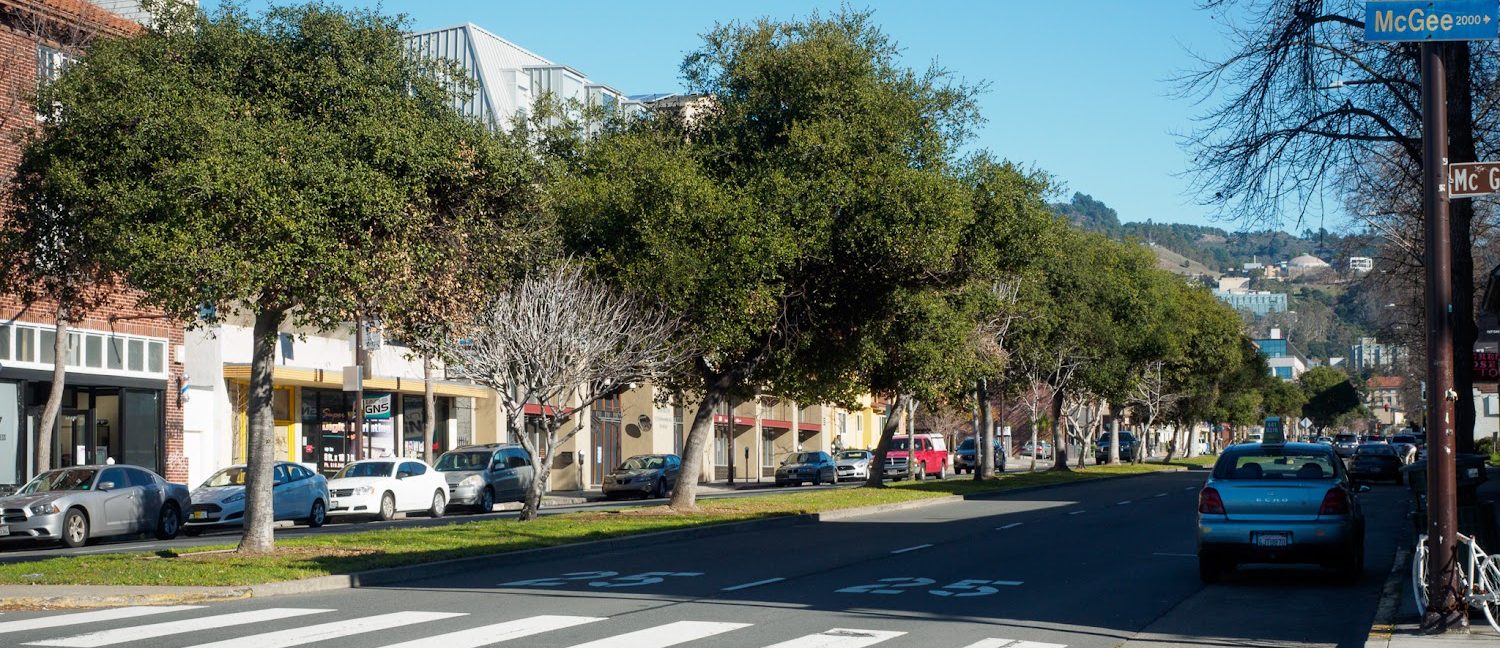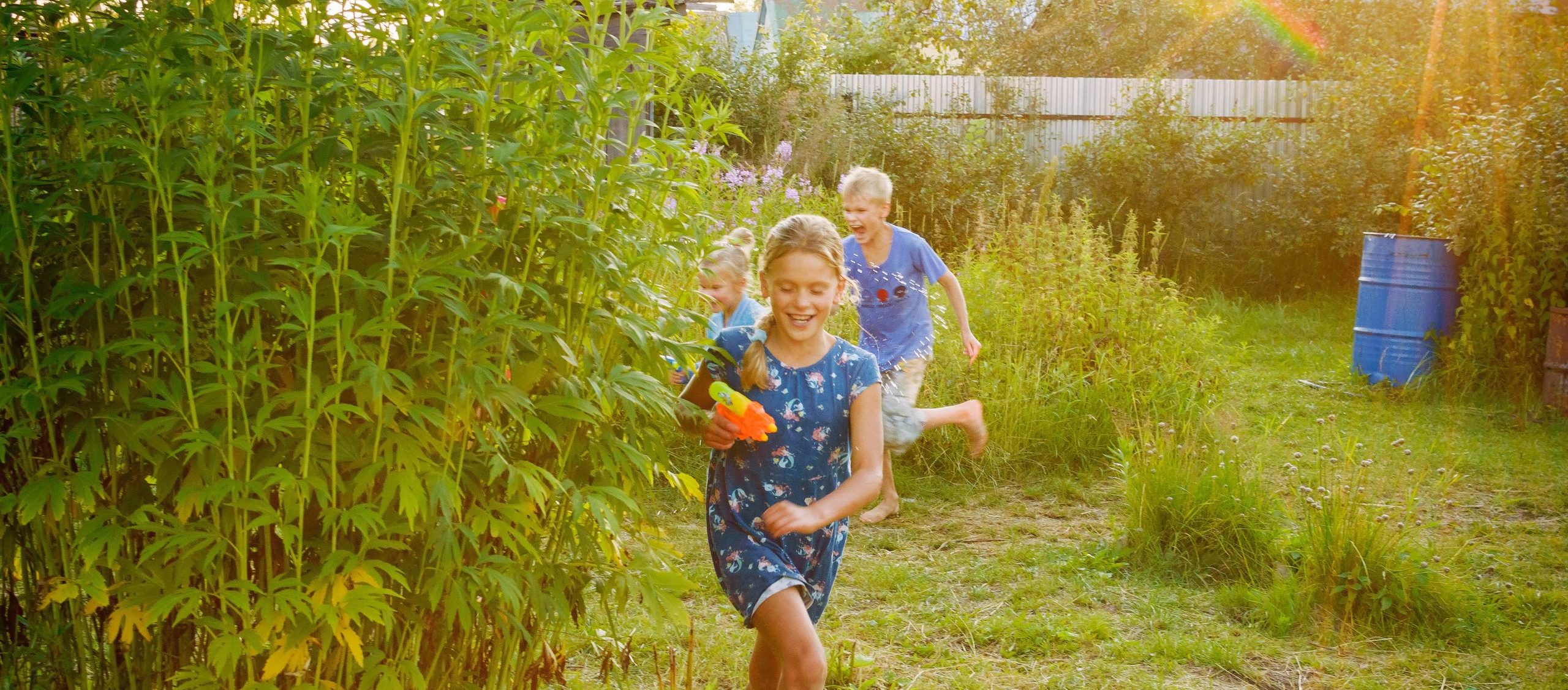To improve likelihood of success, include clear goals, define pathways to achieve them, and identify resources to ensure the plan's ongoing success. Specificity enables clear communication across agencies and partners, and supports resource allocation and adaptive management.
Urban Greening Goals and Targets
Image credits: Roxanne Desgagnes, Unsplash
Goals and targets are an explicit description of needs for urban greening that can help direct future actions and priorities. Here, urban greening goals include formalized citywide or regional strategies and planning documents as well as future visions. Urban greening targets are specific quantitative measures associated with those goals.







Because urban greening goals can be expensive and compete against a range of other needs in urban policy and design, specifying priorities is important for success. Potential focuses for urban greening include: protecting endemic species, enhancing migration corridors, providing equitable access, and creating a sense of place.
Biodiversity goals and targets may focus on either actions to support biodiversity (e.g., improved connectivity), or biodiversity response (e.g., species richness). Identify a set of priority species to guide restoration actions, and design to meet the differing needs of multiple species and ensure habitat functionality.
Many human health outcomes improve with increased access to greenspace, though the links between the two are indirect. Tracking human health targets across the entire urban area can identify areas most in need of greenspace. Involve the community in identifying locally relevant health concerns.
Setting goals for multiple benefits within a strategy can lead to a higher return on investment and increased opportunities for funding and coalition building. Strategies that support biodiversity and health may also contribute to other goals including job creation and climate change mitigation and adaptation.
In some situations, biodiversity and human health goals may not be compatible, and may present an opportunity to acknowledge and specify tradeoffs. Outside of very large parks, apex predators may not be compatible with human use. In small spaces, people may most easily share with birds and insects.
A clear set of goals and targets supports adaptive management. Conduct regular monitoring to assess progress towards goals and make adjustments in strategies as needed.
Relevant Site Design Strategies
Different types of urban sites present their own opportunities to support health and biodiversity based on their spatial configuration, design, site programming (or intended uses), and management decisions. Typical contexts and documents in which these strategies may be relevant include: (1) Community-led visioning for urban greenspaces; (2) Project development and planning (ex. conceptual and schematic site plans); (3) Project design (ex. detailed construction drawings and site plans).

